The IoT in Agriculture Market is currently characterized by a dynamic competitive landscape, driven by technological advancements and the increasing need for efficient agricultural practices. Key players such as John Deere (US), Trimble (US), and Farmers Edge (CA) are at the forefront, each adopting distinct strategies to enhance their market positioning. John Deere (US) focuses on integrating advanced data analytics and machine learning into its equipment, thereby facilitating precision farming. Trimble (US) emphasizes partnerships with local agricultural cooperatives to expand its reach and enhance service delivery. Farmers Edge (CA) is leveraging its expertise in data-driven agriculture to offer tailored solutions that optimize crop yields, indicating a trend towards personalized agricultural technologies. Collectively, these strategies contribute to a competitive environment that is increasingly centered on innovation and customer-centric solutions.
In terms of business tactics, companies are localizing manufacturing and optimizing supply chains to enhance operational efficiency. The market structure appears moderately fragmented, with several players vying for market share while also collaborating through strategic partnerships. This fragmentation allows for a diverse range of solutions, catering to various agricultural needs across different regions. The collective influence of these key players is shaping a landscape where technological integration and localized solutions are paramount.
In August 2025, John Deere (US) announced a partnership with a leading AI firm to develop predictive analytics tools aimed at improving crop management. This strategic move is likely to enhance John Deere's product offerings, positioning the company as a leader in smart farming technologies. The integration of AI into their existing platforms may provide farmers with actionable insights, thereby increasing productivity and sustainability in agricultural practices.
In September 2025, Trimble (US) launched a new suite of IoT-enabled sensors designed to monitor soil health in real-time. This initiative underscores Trimble's commitment to precision agriculture and reflects a growing trend towards data-driven decision-making in farming. By providing farmers with immediate access to critical soil data, Trimble enhances their ability to make informed decisions, potentially leading to improved crop yields and resource management.
In July 2025, Farmers Edge (CA) expanded its operations into Europe, establishing a new headquarters in Germany. This expansion is indicative of the company's strategy to tap into the European market, which is increasingly adopting IoT technologies in agriculture. By entering this region, Farmers Edge aims to leverage its data analytics capabilities to address the unique challenges faced by European farmers, thereby enhancing its competitive edge on a global scale.
As of October 2025, the competitive trends in the IoT in Agriculture Market are heavily influenced by digitalization, sustainability, and the integration of artificial intelligence. Strategic alliances are becoming increasingly vital, as companies recognize the need to collaborate to enhance their technological capabilities and market reach. Looking ahead, it appears that competitive differentiation will evolve from traditional price-based competition to a focus on innovation, technological advancement, and supply chain reliability. This shift suggests that companies that prioritize these elements will likely emerge as leaders in the rapidly evolving agricultural landscape.
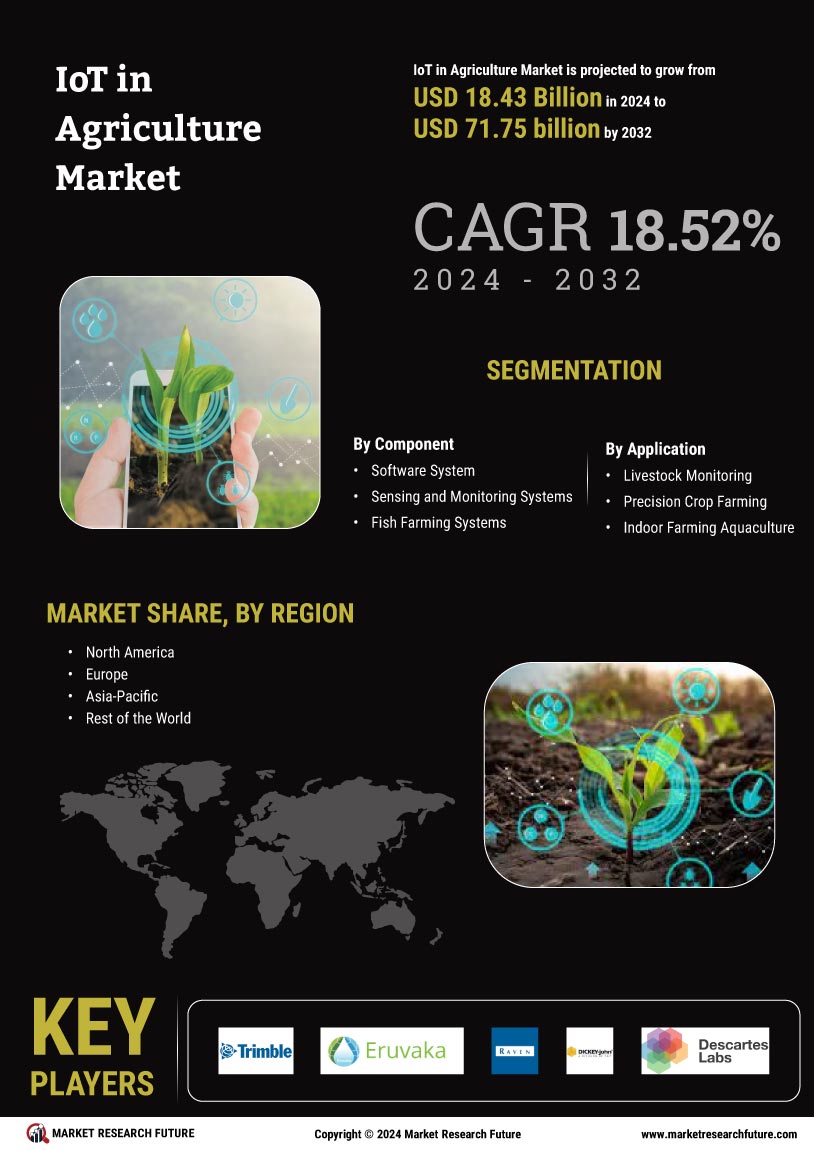

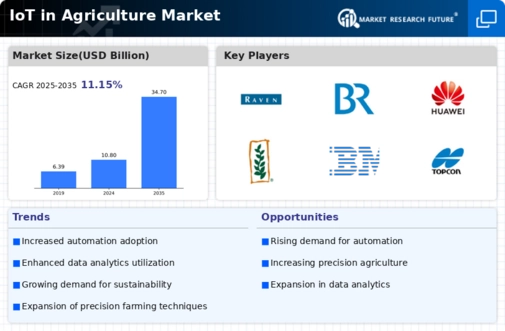
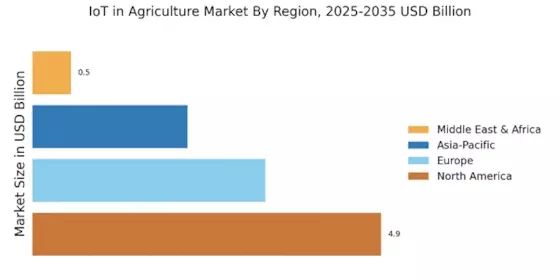
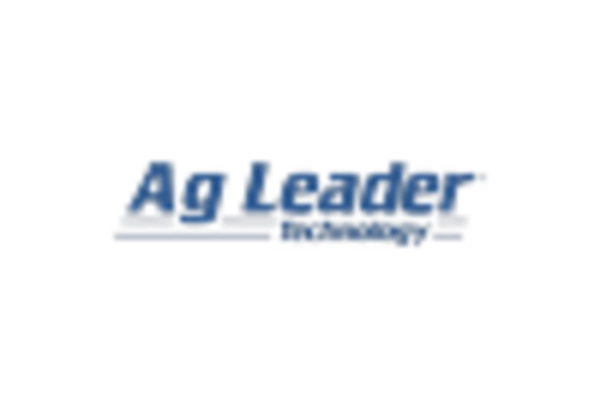
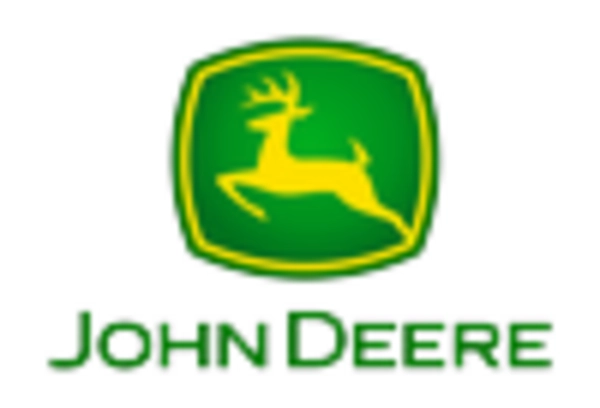
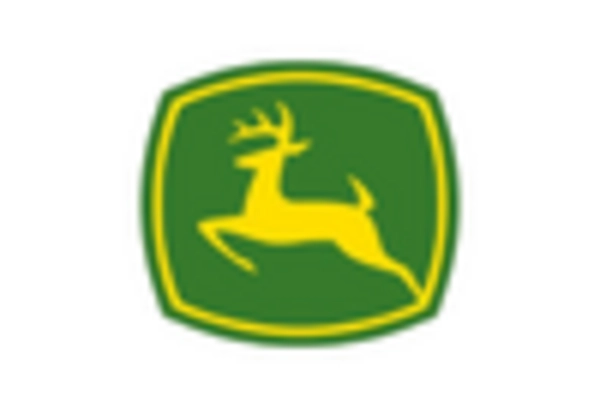

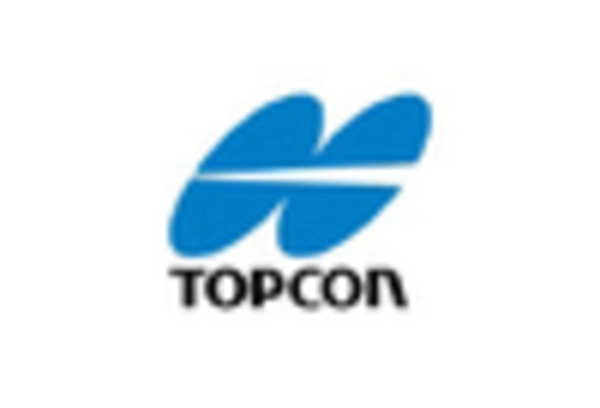









Leave a Comment